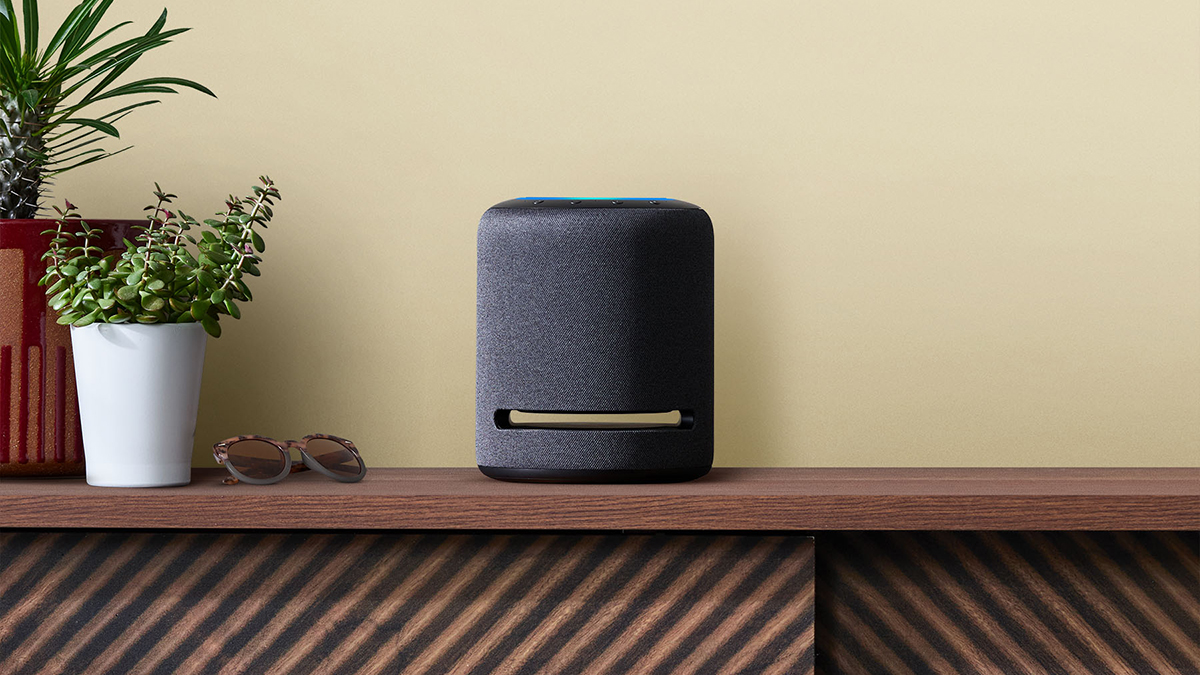You'll find one of Amazon’s Echo smart speakers in many homes these days. Whether it's the standard Amazon Echo, Echo Dot, Echo Studio or another of Amazon's Alexa-enabled speakers, the best Amazon Echo devices are ready and waiting to respond to your voice commands and deliver the latest weather, news headlines, sport scores or one of your carefully curated playlists.
While all this tech is great and should make life a little easier, do these speakers actually cut the mustard when it comes to delivering sound? Here’s our take on the main music and audio features from the Amazon Echo range – including the Amazon Echo and Amazon Echo Dot – so you can get the best from your existing speaker(s) or decide whether to pick one up.
Best Amazon Echo devices: The Louder Choice
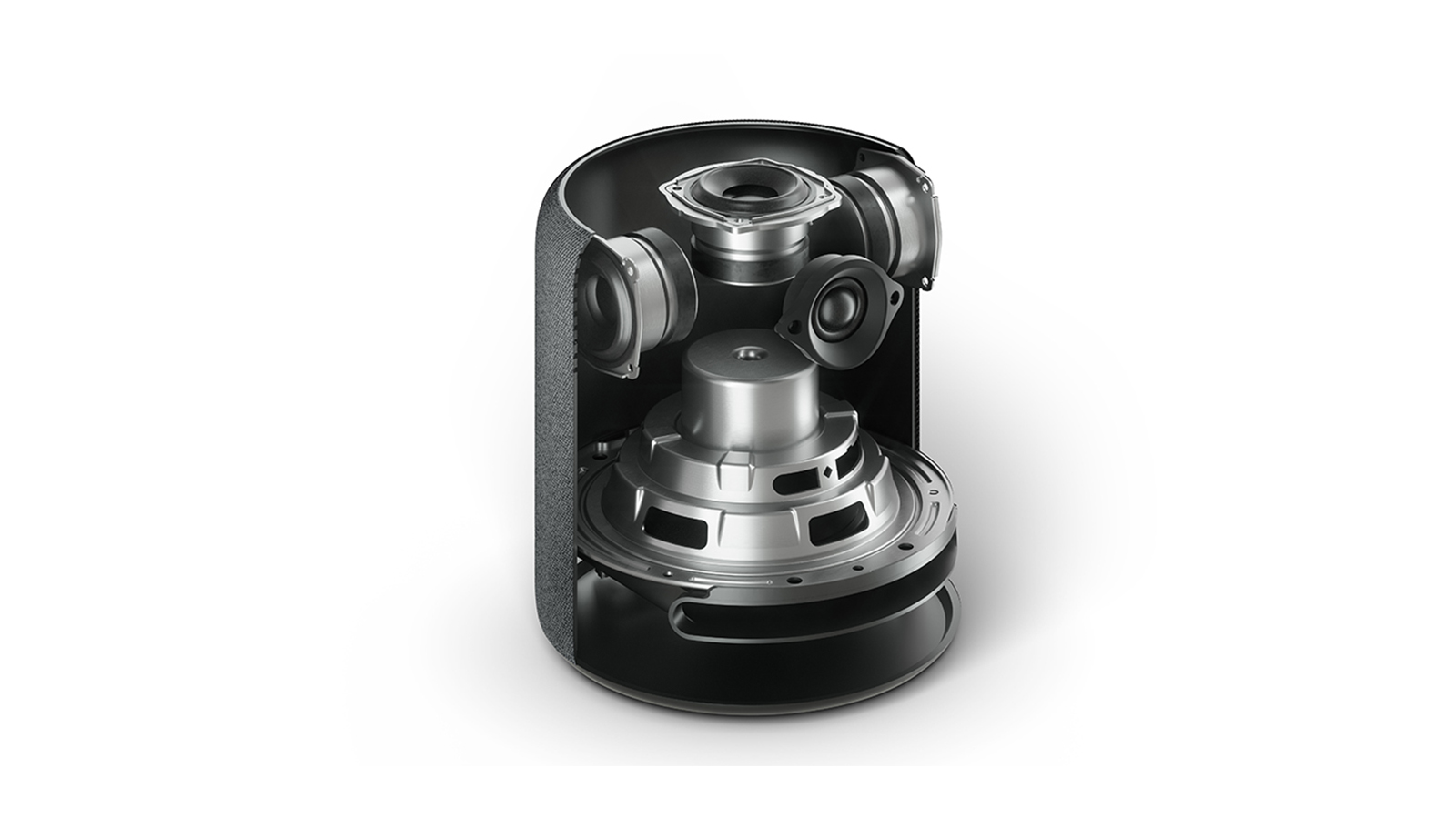
All Echos are geared up to play music and audio, but not all do so at the same level of fidelity. So which Amazon Echo sounds best? Top of the tree, audio quality wise, is the Amazon Echo Studio – it's clearly geared up to compete with the likes of Sonos, boasting five internal speakers working together, support for music mastered in 3D, and tech that can adapt the audio output to the acoustics of a room. You also get three 2-inch midrange speakers, one 1-inch tweeter, and one 5.25-inch subwoofer in one compact unit – as well as a support for Dolby Atmos. It's a serious piece of kit for music fans.
After that comes the newly updated 4th generation Amazon Echo, which comes with a downward-firing 3-inch neodymium subwoofer and upward-firing dual 0.8-inch tweeters – more than enough to tackle a wall of guitars and drums. This now puts the standard Echo in line with the older Echo Plus.
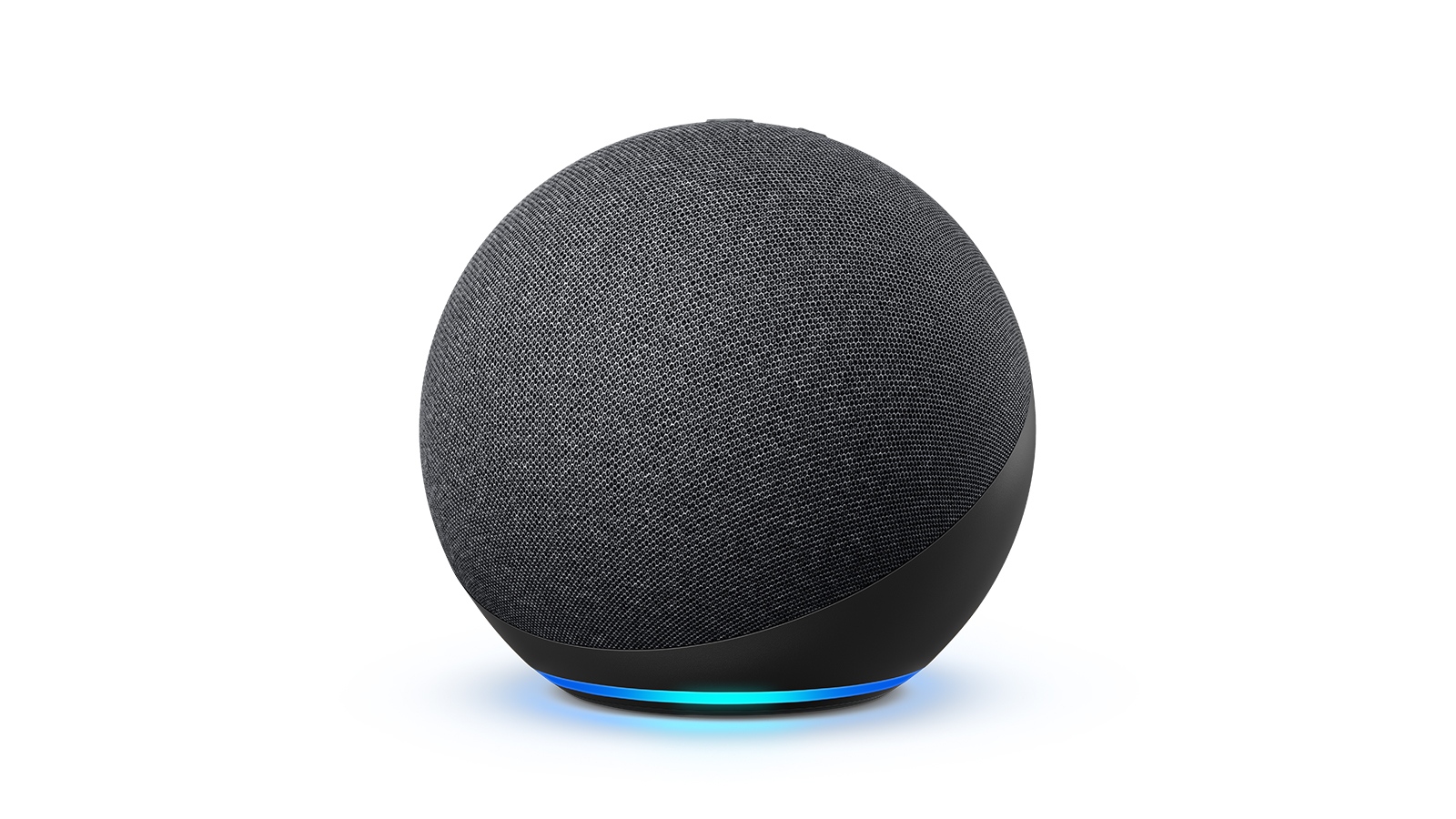
The new Echo is spherical too, which looks pretty sweet. Inside you'll also find a AZ1 Neural Edge silicon module, which processes your voice commands quicker via advanced machine learning and speech recognition.
The new 4th generation Amazon Echo Dot makes do with a single 1.6-inch front-firing speaker, a slight step-up from the previous generation – in terms of audio quality it's really just for podcasts and a few tunes in the background, but bass and audio quality have both been given a slight boost with the new version.
Finally, the smallest Echo is the Echo Flex, which plugs right into a plug socket. We wouldn't really recommend trying to do anything except get voice responses from this though – it only has a 0.6-inch "mini speaker" (in Amazon's words) inside.
All the Echo speakers we've mentioned here come with a 3.5 mm line out port, so you can hook them up to better quality speakers if you want to. The Echo Studio and Echo Plus also have a line in port, if you want to connect a phone or laptop via a cable.
How to enhance your Echo's audio
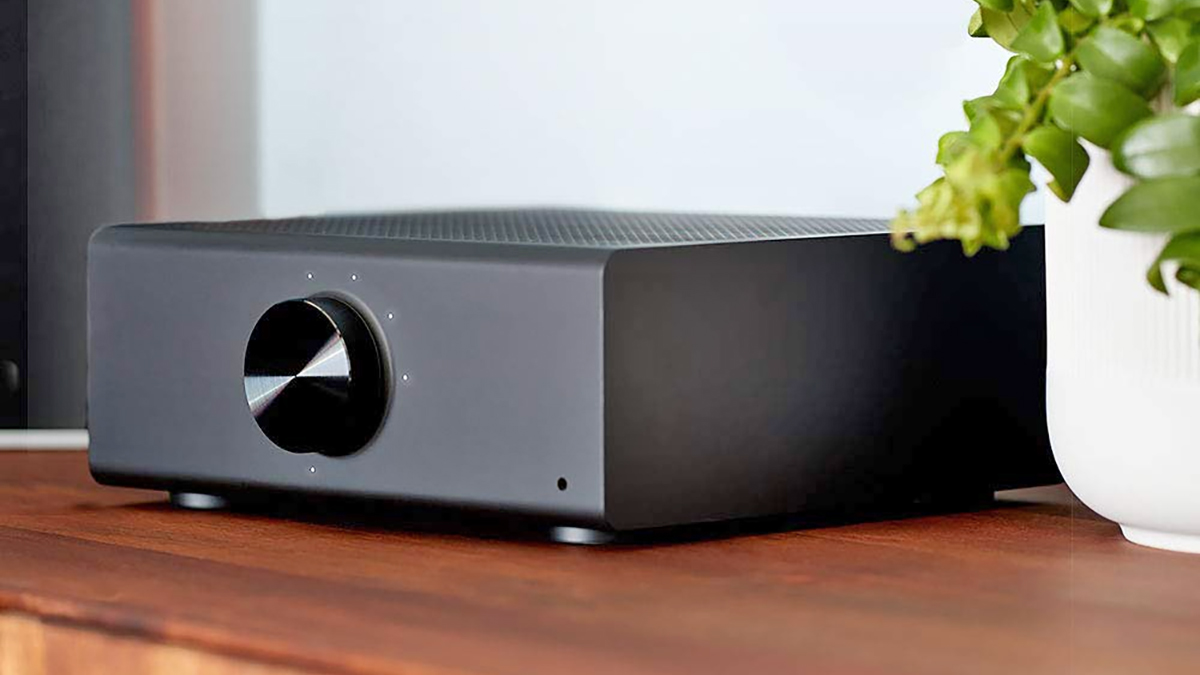
If you want better-quality audio from your Echo setup, you've got a couple of Amazon-made options. The ($129/£120) pairs with one or two other Echos to add a powerful, down-firing 100W bass sound via a 6-inch woofer. It works wirelessly too and can be set up in seconds.
Then there's the ($299.99/£289.99), designed to sit between your Echo speakers and a high-quality audio setup – it features a built-in 60W x 2-channel amplifier for high-fidelity music streaming. Another option is the ($199.99/£189.99), which doesn't include the amplifier but does let you add Alexa and your Echo speakers to an existing hi-fi configuration.
You've got one other option, which is the ($35/£35). It's the only Echo without a speaker of its own, so you need to connect a speaker up to it via a 3.5 mm cable or Bluetooth – it's a quick and easy way of adding Alexa functionality to just about any speaker you've got.
How to connect music services
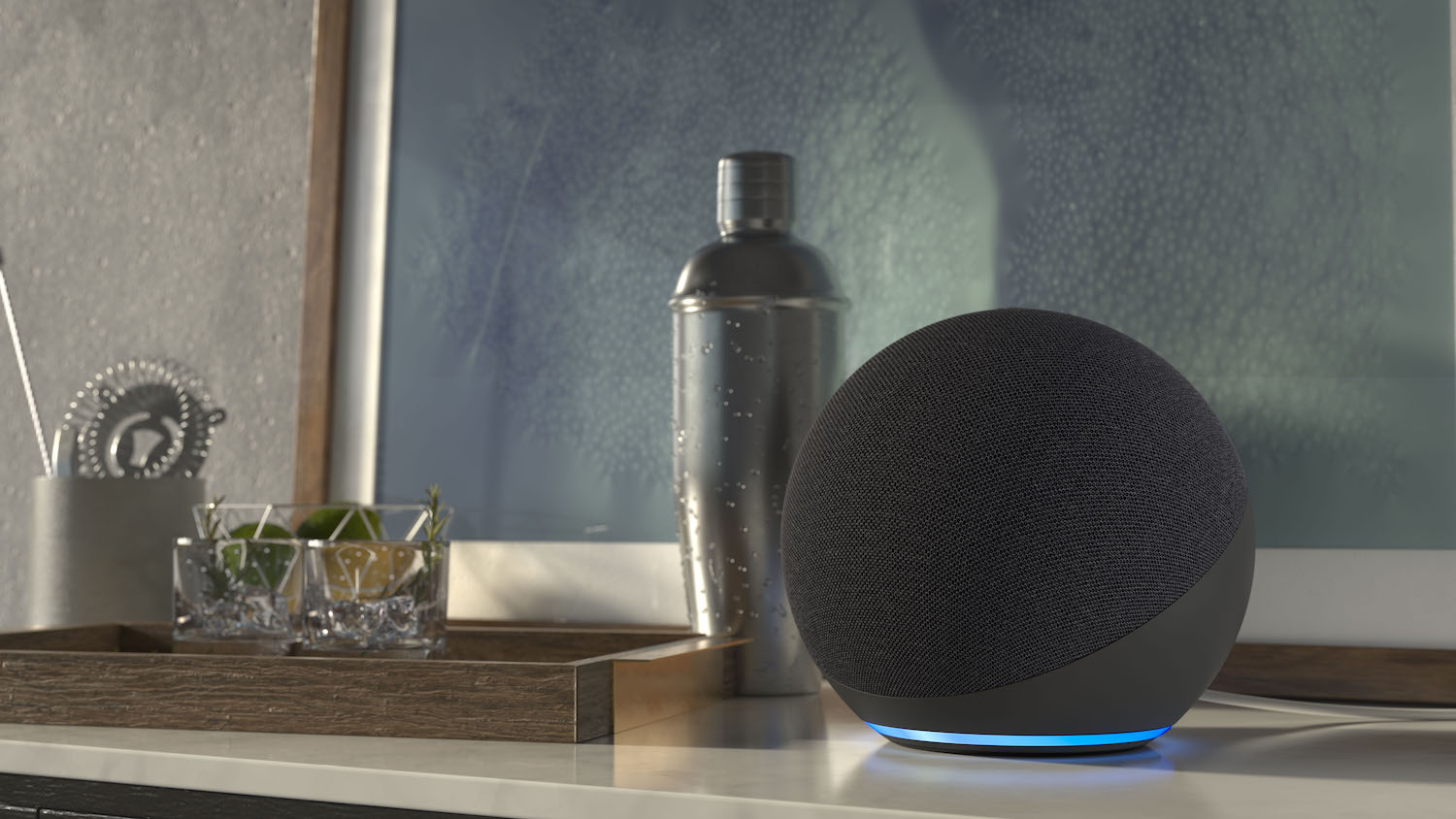
Amazon Echos prefer Amazon Music as you might expect, but you can add other streaming services to the devices – namely Spotify, Apple Music and Deezer. That means when you say "Alexa, play some Motörhead", your chosen music streaming service picks up the task.
To connect your streaming services, and to pick which one Alexa uses by default, open up the Alexa app on your phone. From the menu tap Settings then Music – choose Link New Service to add a new account or Default Services to set which order Alexa uses them in.
Amazon's own music offerings are a little on the confusing side. First, there's Amazon Music, which offers a limited selection of songs (around two million), but this is only available to Prime subscribers at no extra charge. If you're paying for Prime you can use this out of the box, and it includes a lot of recent and popular music.
If you're not paying for Amazon Prime, you can't use Amazon Music... except that you can, if you've previously bought MP3s from Amazon, or if you've bought physical CDs and cheap vinyl records from Amazon since 1998 (these physical media purchases come with MP3s in the cloud, via a service Amazon calls AutoRip). The songs you hear will be limited to your past purchases, but it will work.
To make the situation even more confusing, non-Prime subscribers can now use Amazon Music for free, with some limitations and some ads – but only in the US for now.
Finally (keep up at the back), there's Amazon Music Unlimited. This is Amazon's real Spotify rival, with more than 100 million songs in its catalogue.
Using Alexa music commands
You can control your music in all kinds of ways using Alexa instructions. Just say "Alexa, play..." and you can specify an artist, a genre, a song, or one of your playlists on a connected music streaming service. Alexa also understands moods and activities, so you can queue up "music for a party" for example.
If you want to get some recommendations via your Echo speaker, say "Alexa, play music similar to..." and specify an artist. For a lucky dip try "Alexa, play something I haven't heard". You can also tell Alexa to create new playlists and add songs to them, or even to set an alarm to a particular type of music.
Just about anything you can think of to say, Alexa will understand, and use your default music service for. Commands like "shuffle", "play" and "pause" are supported as well, and you can even tell Alexa to increase or decrease the bass, mid-range or treble (these equalizer options are available in the Alexa app for Android and iOS devices too).
How to play music over Bluetooth
You don't necessarily have to connect up any streaming services to your Amazon Echo device, because you can hook up to these speakers over Bluetooth too, and then just play whatever you want from a phone or a laptop.
Once you've gone into the Bluetooth settings on the device you want to play from, say "Alexa, pair" within earshot of your Echo and the smart speaker should show up as an available device. Select the Echo and audio played from your phone or laptop then gets piped through the speaker.
Pairing Echo speakers
Whether or not you've got an extra subwoofer installed, two Echos can be paired together as a stereo set (so you'll hear the left and right channels of songs as you would with normal stereo equipment).
To do this, open the Alexa app on your phone and tap Devices. Tap the plus button then choose Add Stereo Pair/Subwoofer, then Speaker Sets, then pick the two speakers you want to link together and follow the instructions on screen.
The same menu behind the plus button offers an Add Multi-Room Music Speakers option, which you can use to group together several Echo devices or several Echo stereo pairs. It's then a question of saying "Alexa, play [your music choice] on [group name]" when you want to listen to something.
Echo Buds
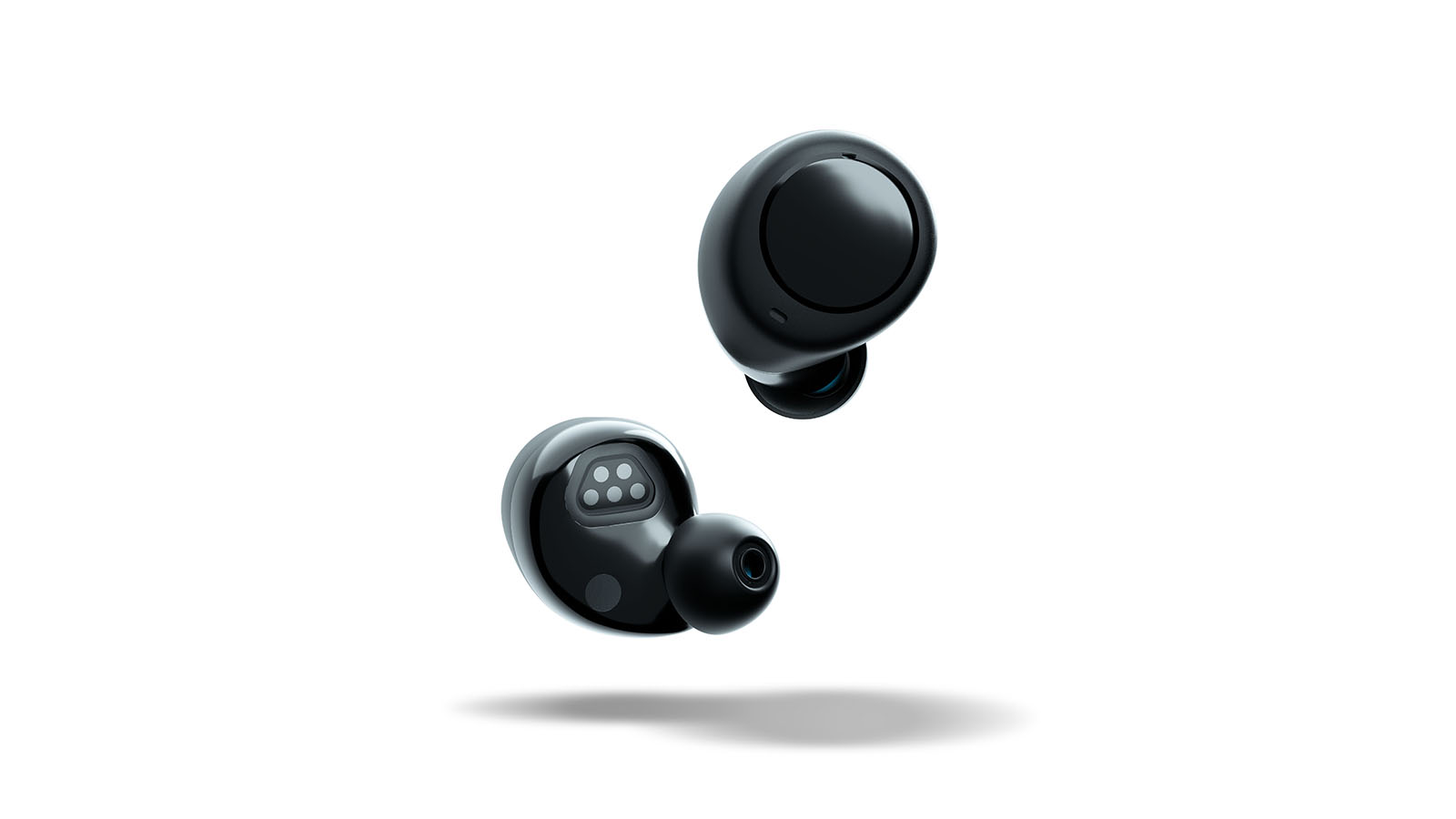
Amazon has jumped on the AirPods bandwagon with its very own . They'll set you back £120/$130. For the cash you get dual premium drivers for immersive sound, noise reduction technology developed in partnership with Bose, and up to five hours of music playback between charges. You can chat to Alexa through the Echo Buds too, as well as make and receive calls with the help of a connected phone.
Want to add a screen?
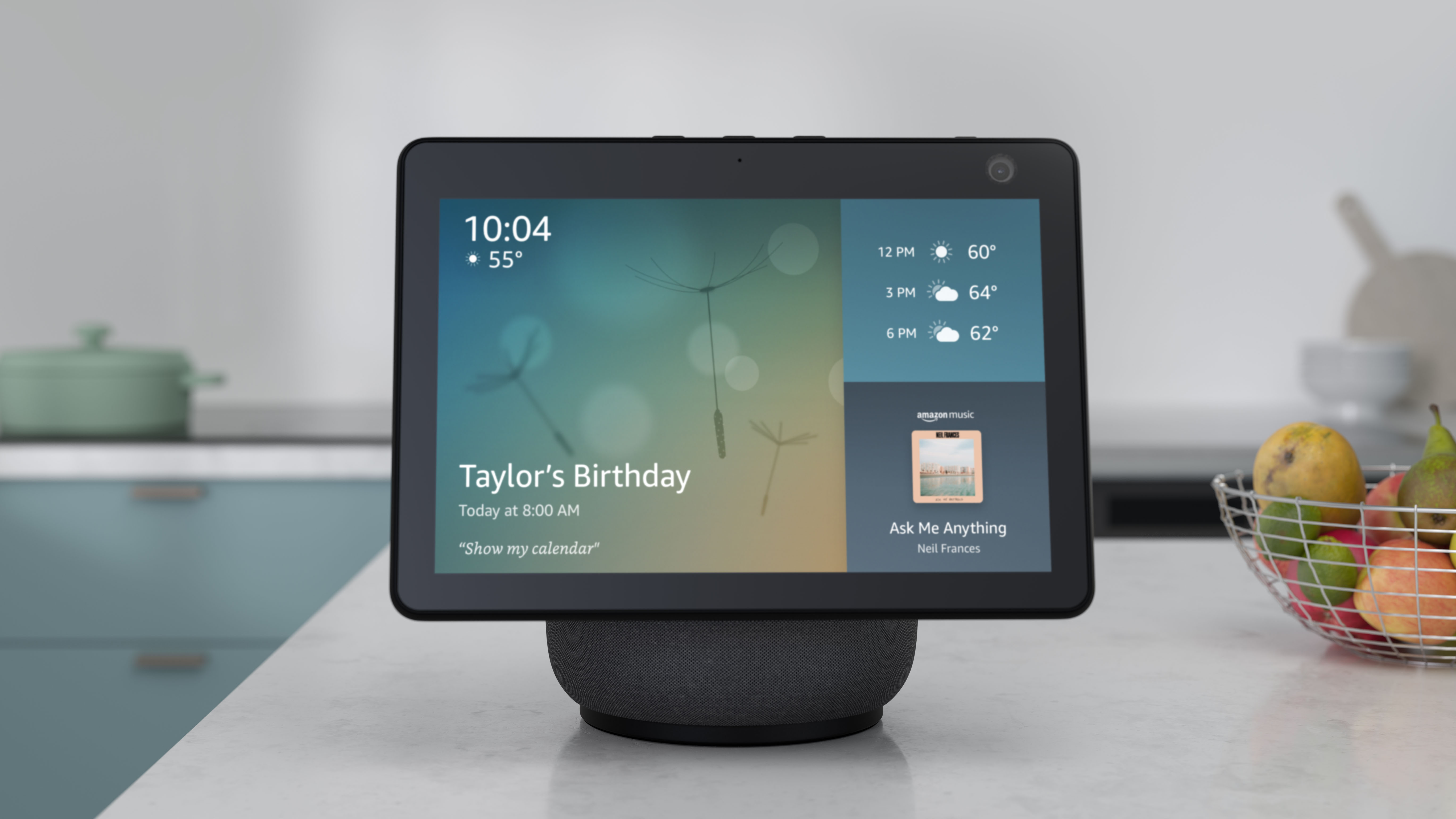
The job of picking the right Amazon Echo for you has been made even more confusing with the option of Echo speakers with screens. Right now, the best option is the new Echo Show (10th generation), which delivers a 10.1-inch HD screen, a 13MP camera for video calling and, most importantly, two 1-inch tweeters and a 3-inch woofer for enhanced audio.
There's also the standard Echo Show which has a 10.1-inch screen, 2 x 10W drivers and a passive radiator with Dolby processing, or the smaller Echo Show 8 with its 8-inch screen and 2x 2-inch speakers.
Like the audio-only Amazon Echo devices, these Echos with screens attached improve in audio quality as they get bigger. Which one is best for you depends on how immersive you like your music, how much shelf space you have, and how much you have to spend.
Having the screen means you can watch videos and make video calls, but as far as music goes, it also gives you controls you can tap on – you can skip tracks and change the volume without using your voice of picking up your phone.
Read more on how we test products and services at Louder.
